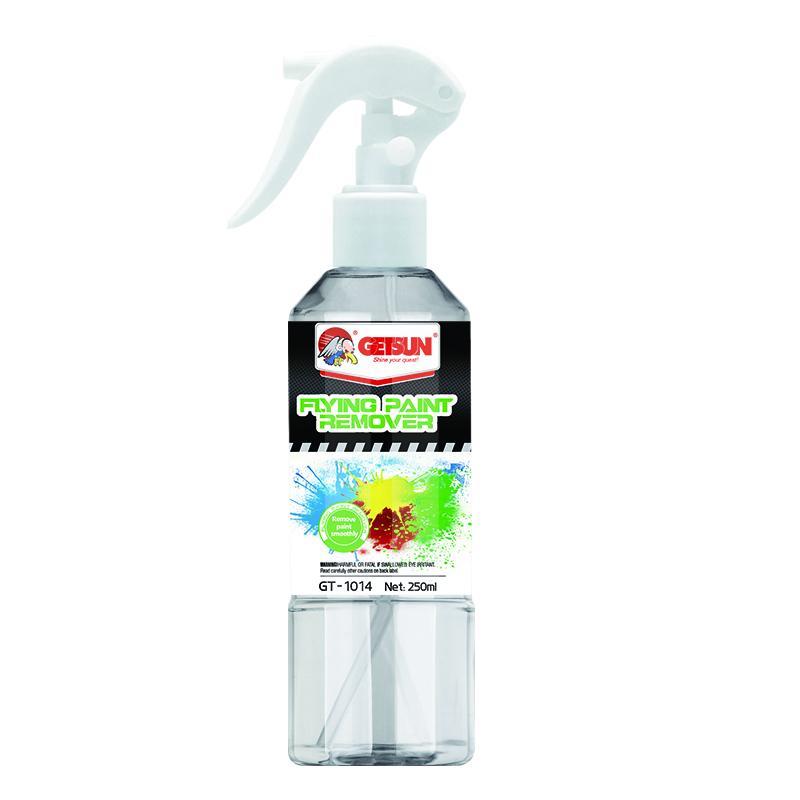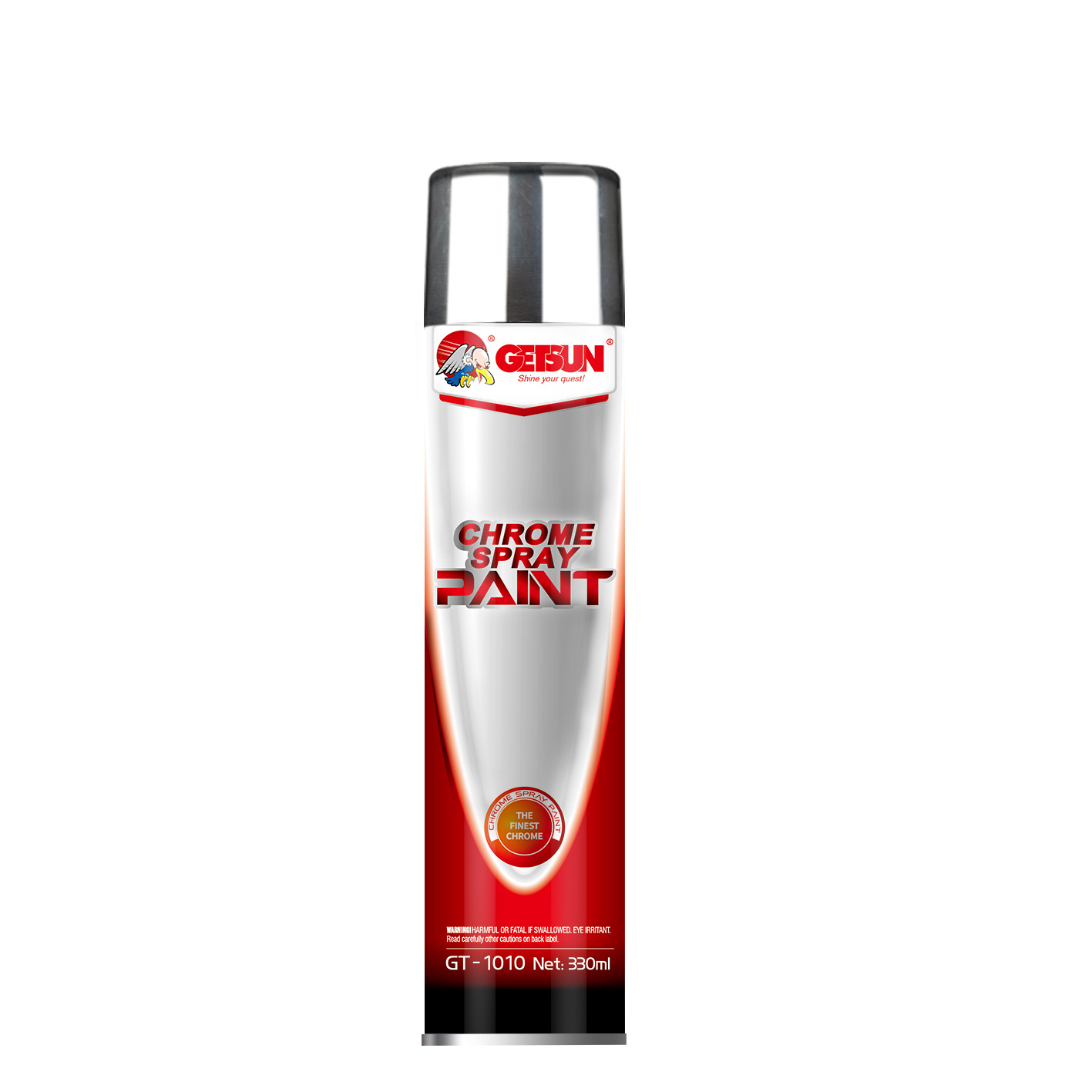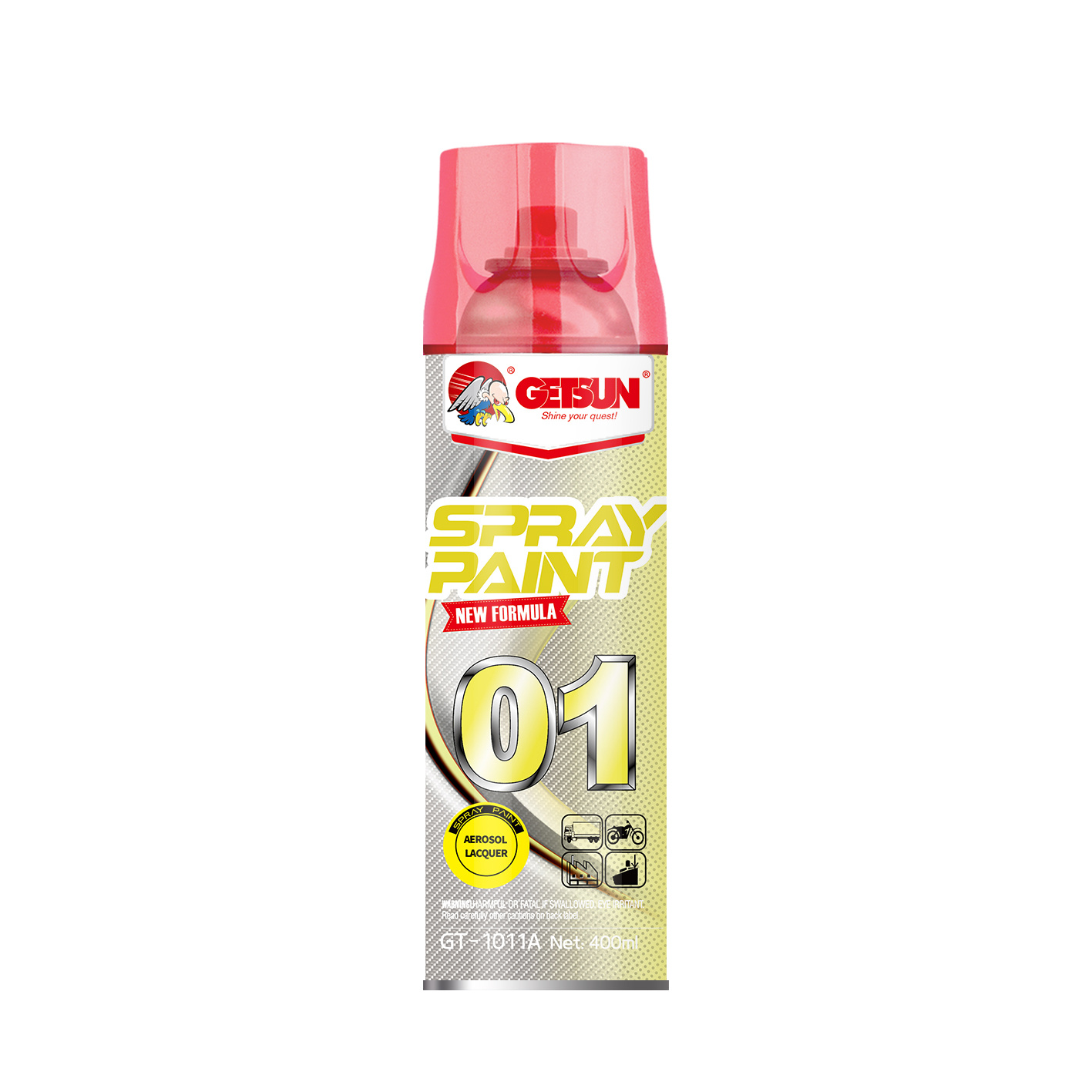
Paint Remover
Product Code: GT-8216
Specification: 12pcs/ctn
Capacity: 450ml
Volume: 0.012m³
Certificates:ISO9001/MSDS
MOQ: 2400pcs
CONTACT US
Product Description
Paint Remover
Paint remover is a chemical product used to remove paint and other finishes from surfaces. There are several types of paint removers available on the market, each with its own unique properties and uses. In this article, we will explore the different types of paint removers, how they work, and the best practices for using them effectively.
Types of Paint Removers
There are three main types of paint removers: solvent-based, caustic-based, and biochemical. Solvent-based paint removers are the most common and work by dissolving the paint so it can be easily wiped or scraped away. These types of paint removers are effective on most types of paint, including oil-based and latex paints.
Caustic-based paint removers, on the other hand, work by breaking down the chemical bonds in the paint, making it easier to remove. These types of paint removers are best suited for removing stubborn or multiple layers of paint. However, they can be harsher on surfaces and may cause damage if not used properly.
Biochemical paint removers are the most eco-friendly option and are made from natural ingredients such as soybeans or citrus. These types of paint removers are safe to use and are effective on most types of paint. However, they may take longer to work compared to solvent-based or caustic-based paint removers.
How Paint Removers Work
Paint removers work by softening the paint so it can be easily removed from the surface. Solvent-based paint removers dissolve the paint, while caustic-based paint removers break down the chemical bonds in the paint. Biochemical paint removers use natural ingredients to break down the paint without harsh chemicals.
Before using a paint remover, it is important to read the manufacturer's instructions carefully and test the product on a small, inconspicuous area to ensure compatibility with the surface. It is also important to wear protective gear such as gloves, goggles, and a mask to protect yourself from fumes and chemical exposure.
Best Practices for Using Paint Removers
When using paint removers, it is important to follow these best practices to ensure safe and effective removal of paint:
1. Prepare the surface: Before applying the paint remover, clean the surface to remove any dirt, debris, or loose paint. This will help the paint remover work more effectively.
2. Apply the paint remover: Follow the manufacturer's instructions for applying the paint remover. Be sure to apply a thick, even coat and avoid spreading the product too thin.
3. Let the paint remover work: Allow the paint remover to sit on the surface for the recommended amount of time. This will give the product time to break down the paint for easier removal.
4. Remove the paint: Once the paint remover has had time to work, use a scraper or wire brush to remove the softened paint. Be sure to work in small sections and remove the paint before it dries.
5. Clean the surface: After removing the paint, clean the surface with water and a mild detergent to remove any residue from the paint remover.
By following these best practices, you can effectively remove paint from surfaces using paint removers. Remember to always read the manufacturer's instructions and wear protective gear to ensure safe and effective removal of paint.
In conclusion, paint removers are a valuable tool for removing paint from surfaces. By understanding the different types of paint removers, how they work, and the best practices for using them, you can effectively remove paint from surfaces with ease. Remember to always read the manufacturer's instructions and wear protective gear to ensure safe and effective removal of paint.
Previous Page
Related Product
Immediate Consultation
If you are interested in our products, please leave your email, we will contact you as soon as possible, thank you!






